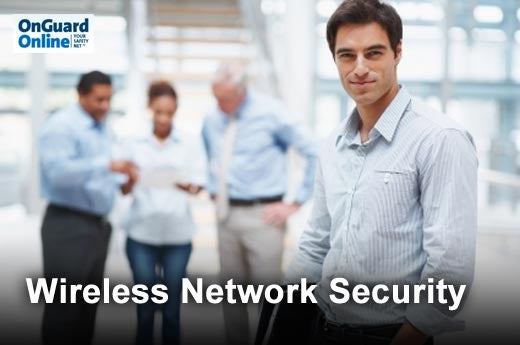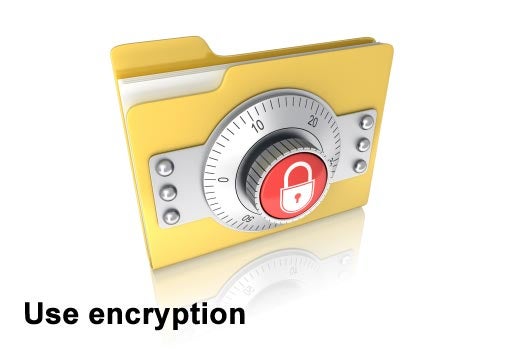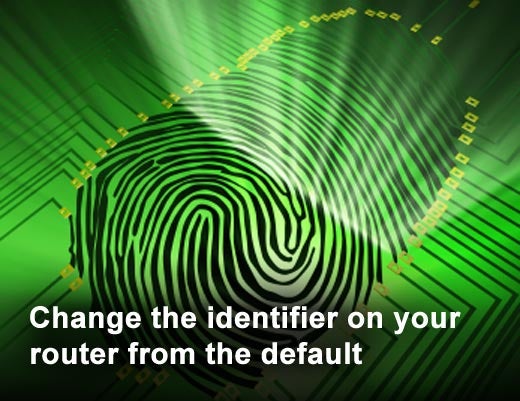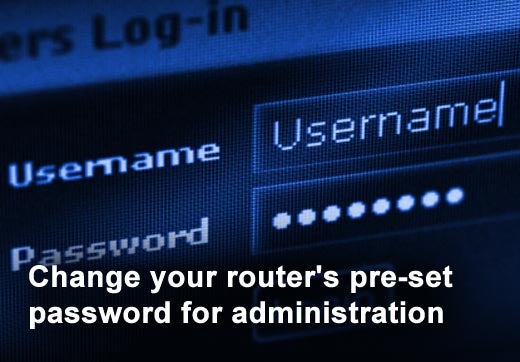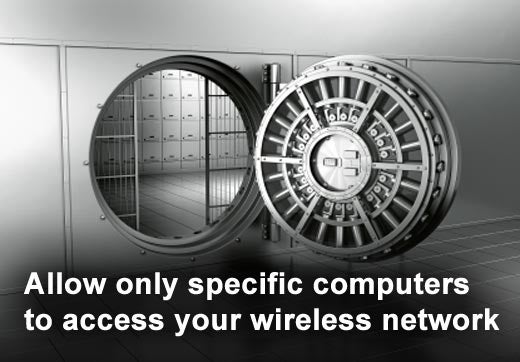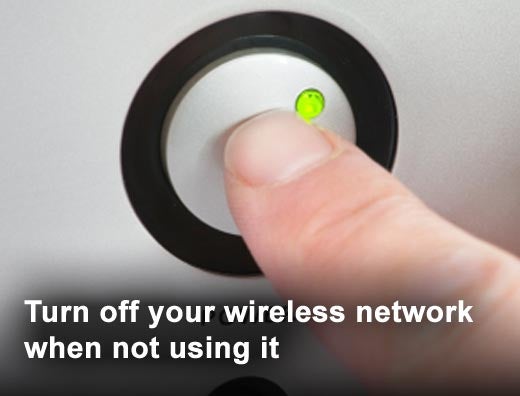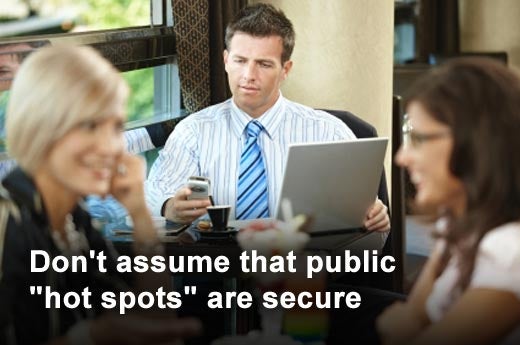Increasingly, computer users interested in convenience and mobility are accessing the Internet wirelessly. Today, business travelers use wireless laptops to stay in touch with the home office; vacationers beam snapshots to friends while still on holiday; and shoppers place orders from the comfort of their couches. A wireless network can connect computers in different parts of your home or business without a tangle of cords and enable you to work on a laptop anywhere within the network's range.
The downside of a wireless network is that, unless you take certain precautions, anyone with a wireless-ready computer can use your network. That means your neighbors, or even hackers lurking nearby, could "piggyback" on your network, or even access the information on your computer. And if an unauthorized person uses your network to commit a crime or send spam, the activity can be traced back to your account.
Fortunately, there are steps you can take to protect your wireless network and the computers on it. As no one step is a complete fix, taking all of the following steps outlined by OnGuard Online will help you be more secure.
These additional resources are available for free download from the IT Business Edge Knowledge Network:
Click through for nine steps from OnGuard Online for protecting your wireless network.
The most effective way to secure your wireless network from intruders is to encrypt, or scramble, communications over the network. Most wireless routers, access points, and base stations have a built-in encryption mechanism. If your wireless router doesn't have an encryption feature, consider getting one that does.
Manufacturers often deliver wireless routers with the encryption feature turned off. You must turn it on. The directions that come with your wireless router should explain how to do that. If they don't, check the router manufacturer's website.
Two main types of encryption are available: Wi-Fi Protected Access (WPA) and Wired Equivalent Privacy (WEP). Your computer, router, and other equipment must use the same encryption. WPA is stronger; use it if you have a choice. It should protect you against most hackers.
Some older routers use only WEP encryption, which is better than no encryption. It should protect your wireless network against accidental intrusions by neighbors or attacks by less-sophisticated hackers. If you use WEP encryption, set it to the highest security level available.
Computers on a wireless network need the same protections as any computer connected to the Internet. Install anti-virus and anti-spyware software, and keep them up-to-date. If your firewall was shipped in the "off" mode, turn it on.
Most wireless routers have a mechanism called identifier broadcasting. It sends out a signal to any device in the vicinity announcing its presence. You don't need to broadcast this information if the person using the network already knows it is there. Hackers can use identifier broadcasting to home in on vulnerable wireless networks. Note the SSID name so you can connect manually. Disable the identifier broadcasting mechanism if your wireless router allows it.
The identifier for your router is likely to be a standard, default ID assigned by the manufacturer to all hardware of that model. Even if your router is not broadcasting its identifier to the world, hackers know the default IDs and can use them to try to access your network. Change your identifier to something only you know, and remember to configure the same unique ID into your wireless router and your computer so they can communicate. Use a password that's at least 10 characters long: The longer your password, the harder it is for hackers to break.
The manufacturer of your wireless router probably assigned it a standard default password that allows you to set up and operate the router. Hackers know these default passwords, so change it to something only you know. The longer the password, the tougher it is to crack.
Every computer that is able to communicate with a network is assigned its own unique Media Access Control (MAC) address. Wireless routers usually have a mechanism to allow only devices with particular MAC addresses access to the network. Some hackers have mimicked MAC addresses, so don't rely on this step alone.
Hackers cannot access a wireless router when it is shut down. If you turn the router off when you're not using it, you limit the amount of time that it is susceptible to a hack.
Many cafés, hotels, airports and other public establishments offer wireless networks for their customers' use. These "hot spots" are convenient, but they may not be secure. Ask the proprietor what security measures are in place.
To be on the safe side, you may want to assume that other people can access any information you see or send over a public wireless network. Unless you can verify that a hot spot has effective security measures in place, it may be best to avoid sending or receiving sensitive information over that network.


